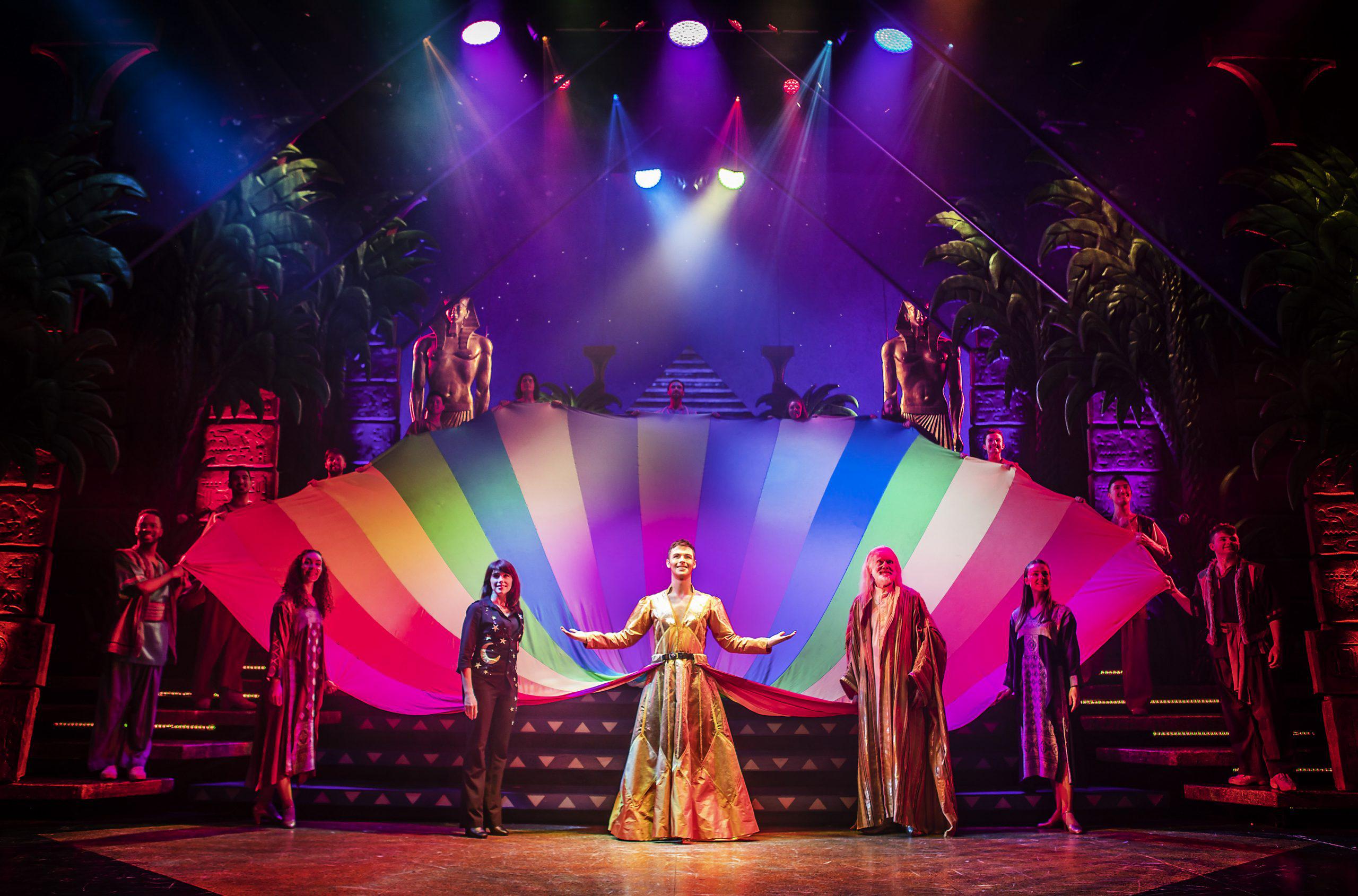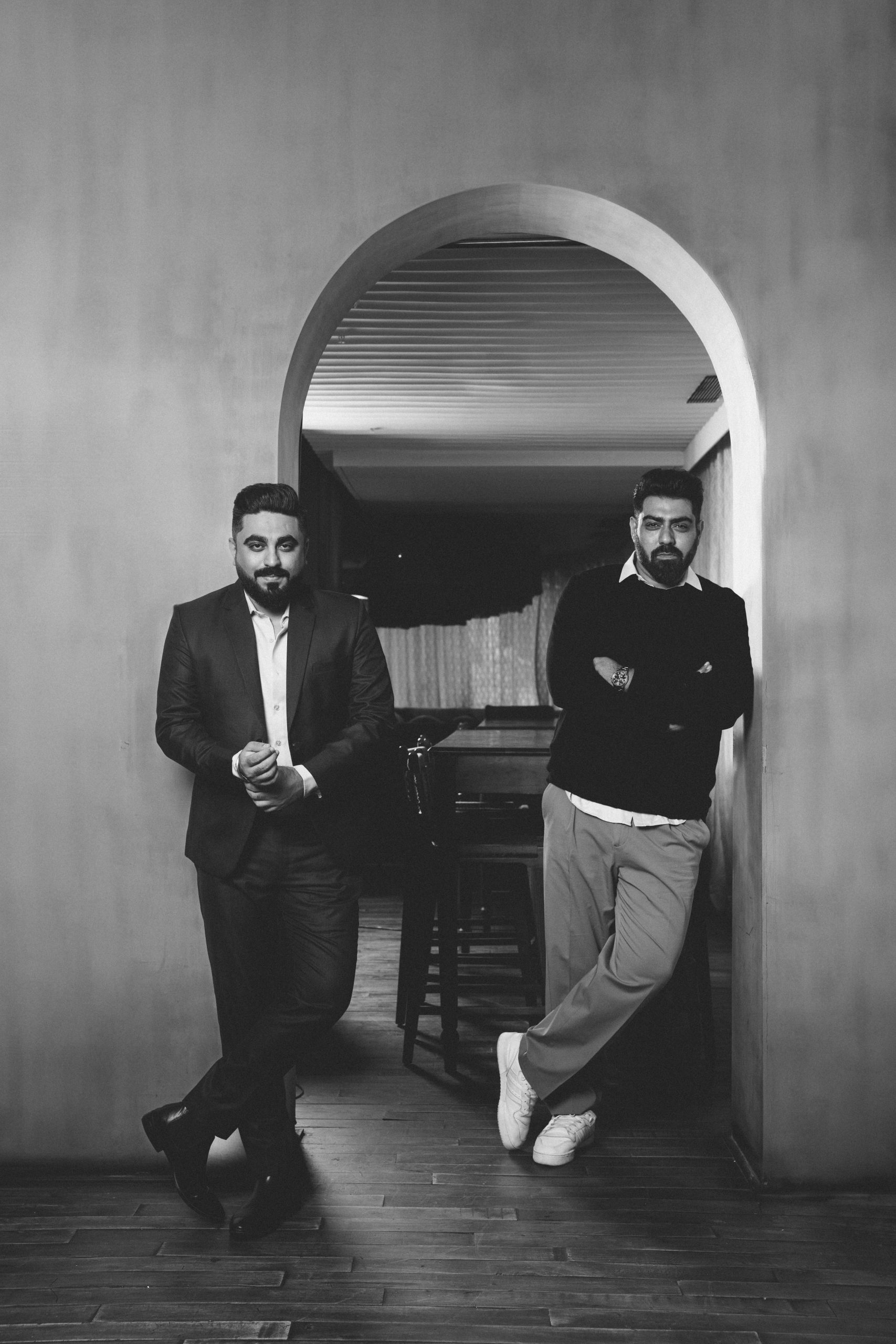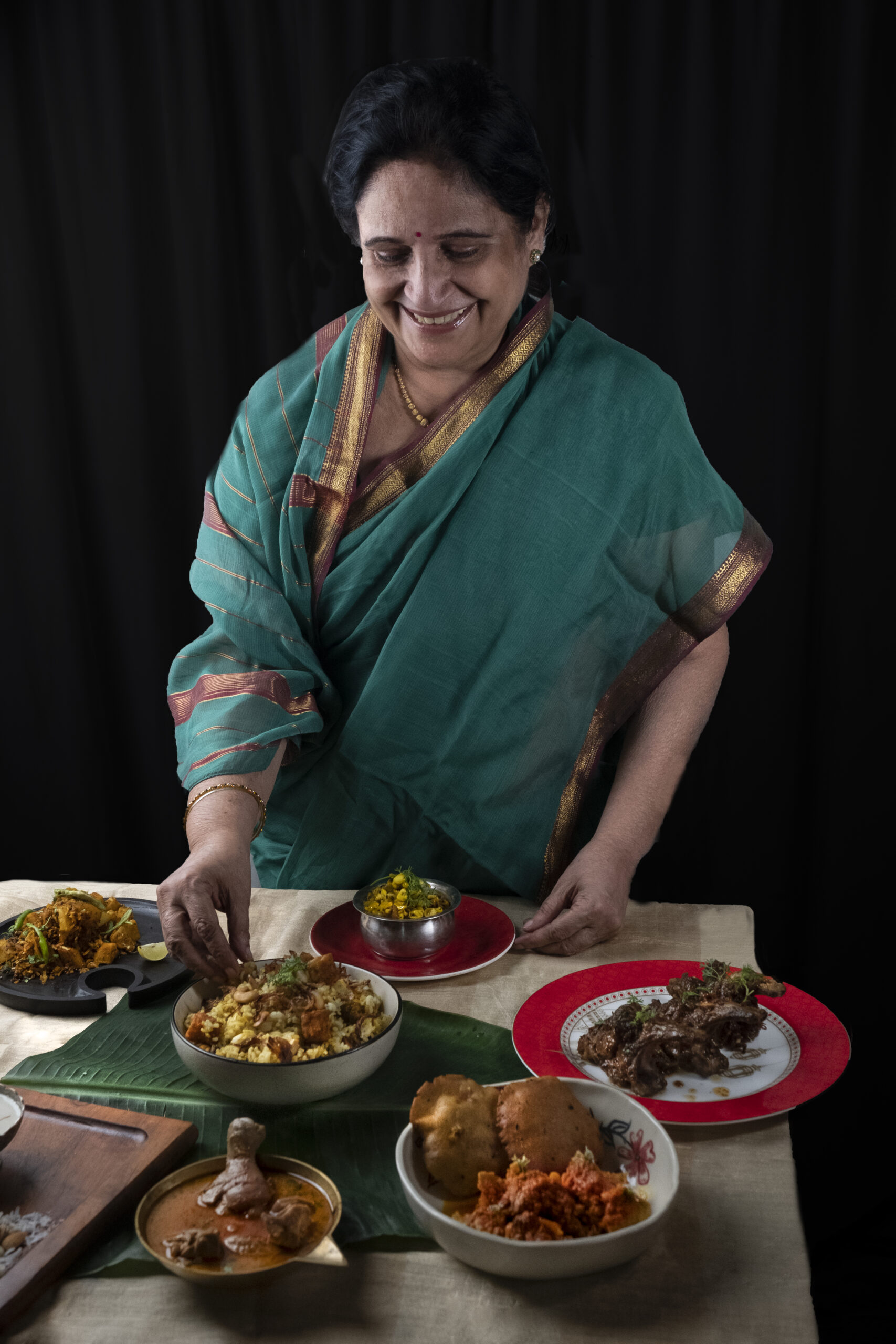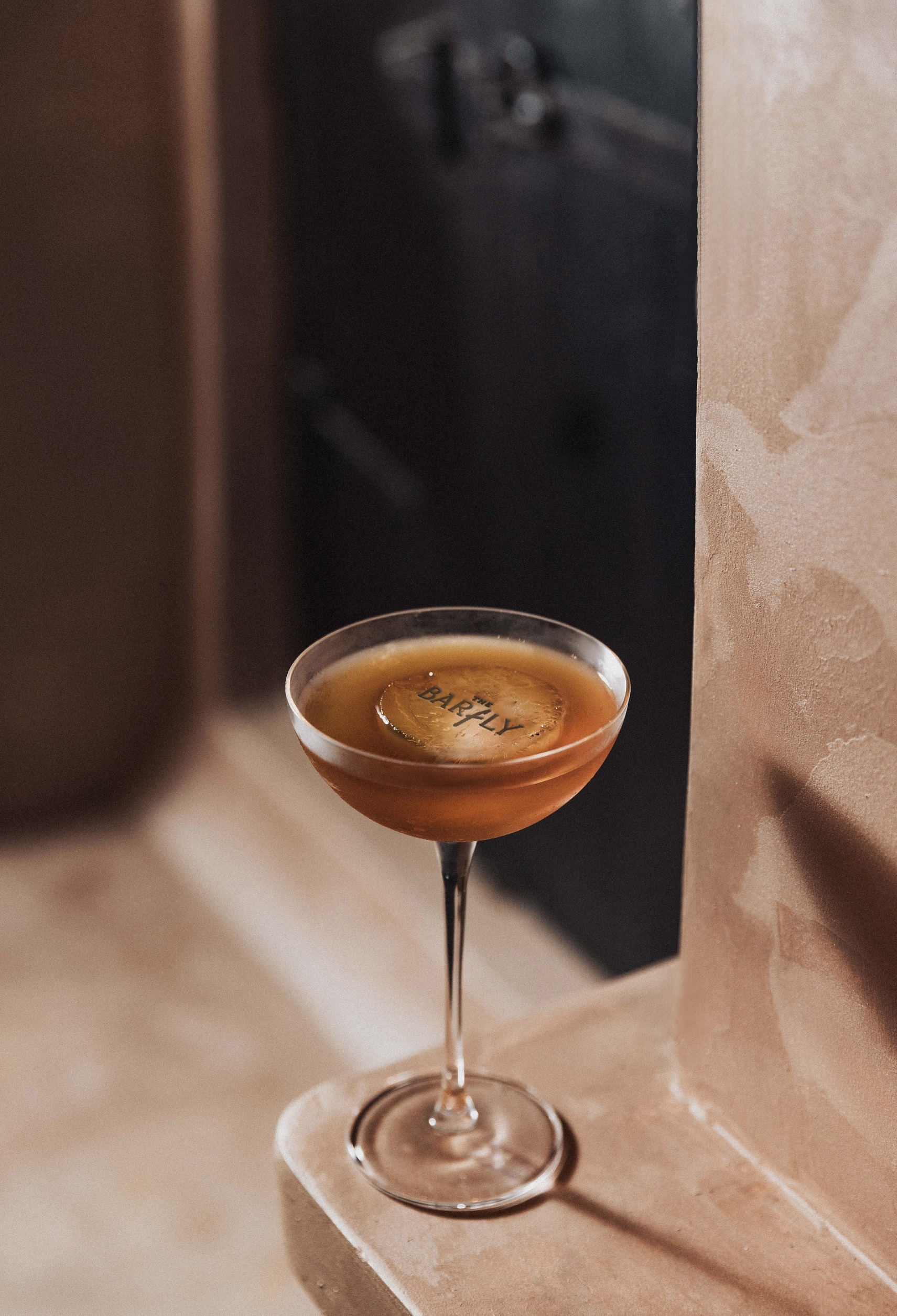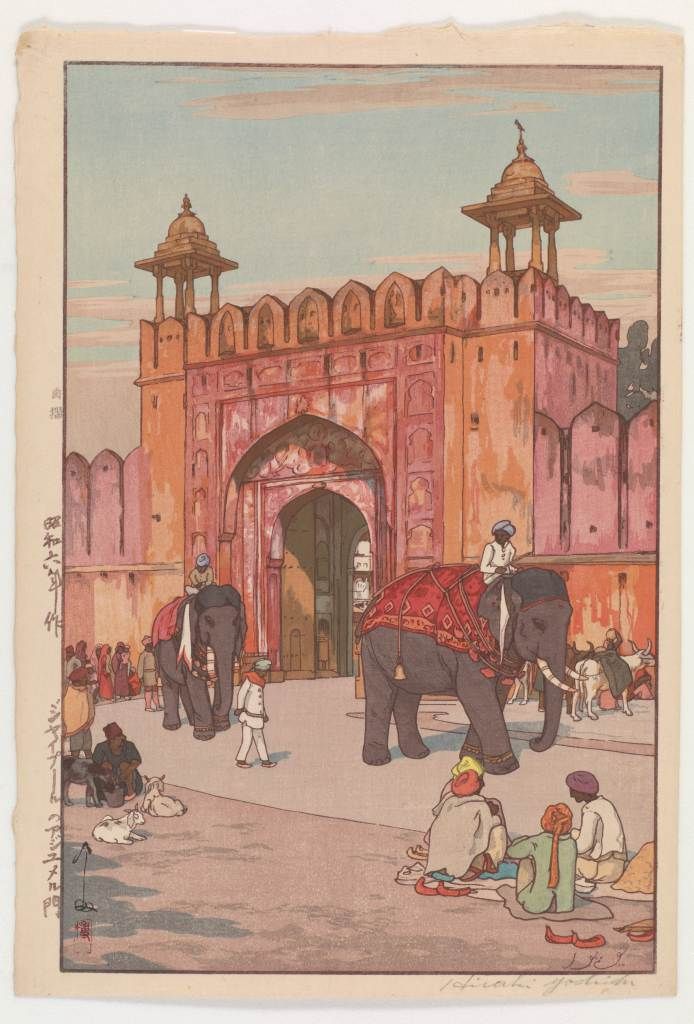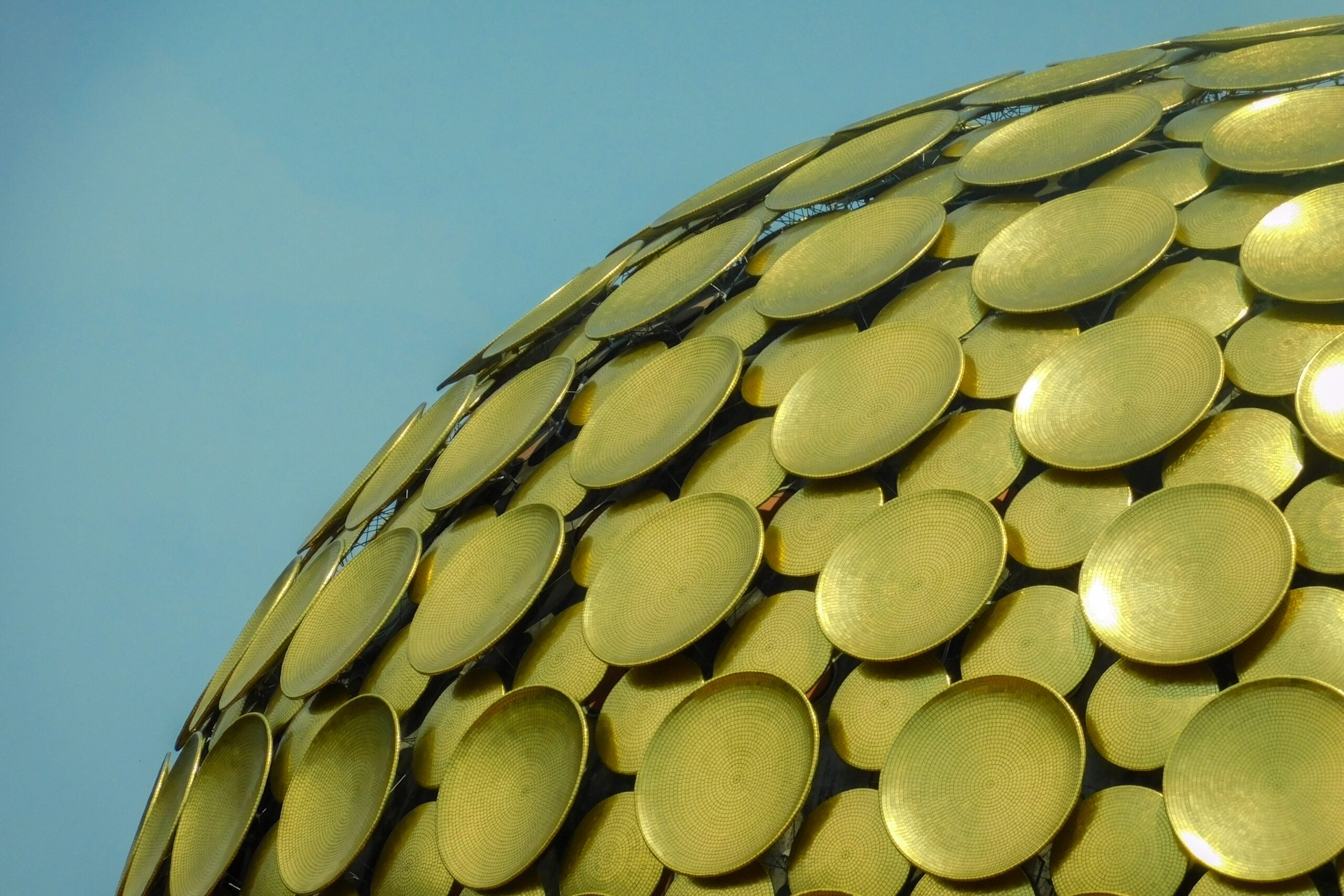Kevin Oliver and Oum Pradutt’s theatrical collaboration imbue an old biblical tale with a dazzling fashion aesthete.
Acclaimed theatre-maker Kevin Oliver and media maven producer Oum Pradutt, founder of Phase 1, brought Andrew Lloyd Webber and Tim Rice’s beloved musical Joseph and the Amazing Technicolor Dreamcoat to life with fresh energy, visual opulence, and deep cultural resonance.
Oliver’s work spans continents and cultures—from staging large-scale spectacles at Expo 2020 Dubai to choreographing ceremonies that blend ritual and razzle-dazzle. He first directed this musical when he was just 19, a music teacher in Frank Anthony’s Public School. Oum, his student, had a role in it, playing the youngest brother, Benjamin.
The duo describe this project as their combined gift to the city.
Oliver tackles this project with the same reverence and boldness that has defined his decades-long career. “This is a story that needed to be told,” he says. “But more than that, it needed to be sung, danced, lived—and remembered.”
Originally written in the late 1960s and later expanded into a full-length musical, Joseph and the Amazing Technicolor Dreamcoat tells the biblical tale of Joseph, his prophetic dreams, his betrayal by jealous brothers, and his eventual rise to power in Egypt. But in Oliver’s hands, this familiar parable takes on a renewed dynamism—both in form and feeling—with an all-male cast of 75 vocalists, backed by nine narrators.
“It’s a story of resilience, identity, and destiny,” he says. “But it’s also about forgiveness and transformation. The themes are universal. My vision was to let the story shine through the music, movement, and emotion—with a visual language that feels rooted, yet wildly theatrical.”
Oliver’s version stands out for its deeply local spirit. From the community choir to the backstage crew, the production draws heavily from local talent pools—making it not just a show to watch, but a movement to be part of.
And in Joseph, fashion becomes a visual cue for transformation.
Joseph’s journey from favoured son to prisoner to Pharaoh’s trusted advisor is marked not just by music, but by what he wears. His aesthetic arc begins in soft whites and hopeful tones, descends into rough, earthen prison garb, and culminates in gold-lamé robes and sculptural accessories—mirroring his personal and prophetic evolution.
Likewise, the ensemble cast features a riot of subcultures and references—Zoot suits in “Go Go Joseph,” sleek black streetwear during “Joseph’s Dreams,” and Bollywood-tinged glamour for the Pharaoh’s court. It’s playful, unexpected, and utterly Kevin Oliver. While the brothers wear garments inspired by desert tribes and nomadic cultures—linen robes with indigo dips, raw hems, and weathered leather belts—the Pharaoh appears in a look straight out of a rock opera, complete with sequined capes, iridescent headgear, golden boots, and statement eyeliner.
“There’s a reason costume changes make people gasp,” he says. “It’s not just the sparkle. It’s what that transformation means, and in Joseph, the fashion is loud, proud, and unapologetically expressive.”
Because the production was highly choreographed, the costumes were designed with movement in mind. Flowing textiles, oversized sleeves, and layered garments enhance the dynamism of each dance number. From Pharaoh’s sculpted look to Potiphar’s structured silks, every costume appears to be both regal and runway-worthy. In collaboration with JD School of Design, the team also created custom textiles and experimental silhouettes that elevated the visual impact of the play.
The Dreamcoat itself, a collaborative effort with international designers Michael Cinco and Furne One Amato, was crafted from over a dozen fabrics and embellished with Swarovski crystals. It weighed over 21 kilograms and shimmered with every movement under stage lights.
Rendered in an explosion of textures and hues, incorporating hand-embroidered panels, metallic threading, and custom-dyed fabrics, it drew a collective gasp from the audience.
Costume designers working on the production describe it as “part couture, part canvas,” echoing Oliver’s intent to make every piece stage-worthy from a fashion editorial lens.
In Kevin Oliver’s Joseph, fashion isn’t an afterthought. By pushing costume design into the realm of high fashion, Oliver underscores the musical’s themes of dream, identity, and destiny with bold visual flair.
As opposed to a traditional biblical aesthetic—the costumes felt like they belonged in a Vogue spread shot in Petra or Jerusalem.
And every garment seemed to tell a sartorial story.
Words by Jackie Pinto.

